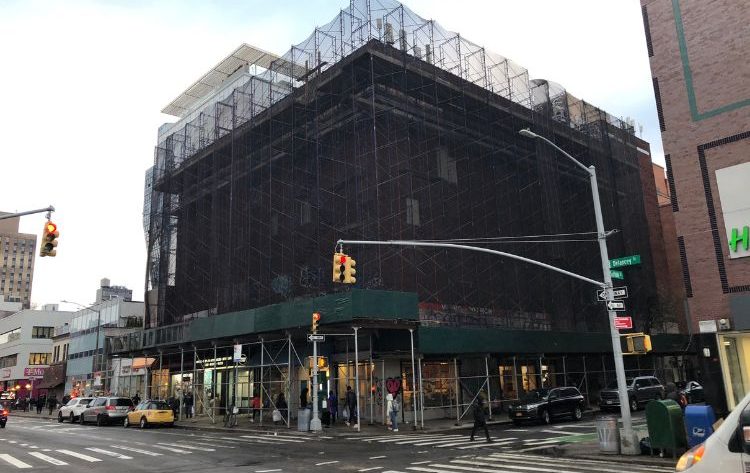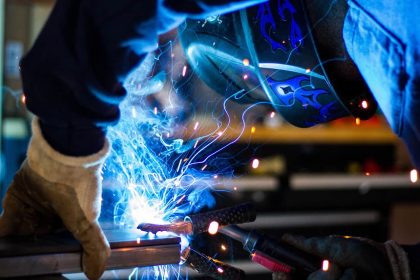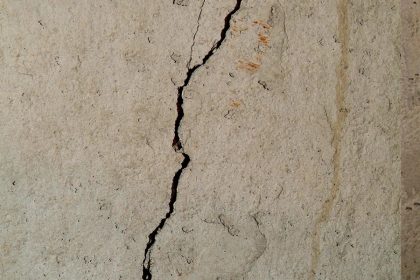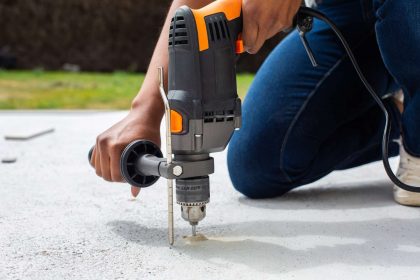Do you think the house you live in or the high-rise commercial building you visit every day is safe or in perfect condition? There are no threats in these masonry structures, and your living abode or working space offers you maximum security against all natural and external elements. How many of you are of a similar belief? How often have you walked past the small cracks on your building facade or overlooked the damp patches on the walls and ceilings? Perhaps, you do not have an answer to that!
Masonry constructions are indeed strong, sturdy, and immensely durable. Thus, commercial and high rise building masonry work uses brick, stone, or concrete blocks as they define enormous aesthetic value. When well-maintained, these masonry structures can last for decades alongside retaining functionality and visual appeal.
To troubleshoot the various problems in any masonry structure, a meticulous inspection by a trained and licensed professional is obligatory. Since the issues arise from diverse sources at multiple extents, only a proper examination can establish the ideal fix. Today, we will discuss the common masonry problems and their solutions.
Common Masonry Problems and Easy Fixes
To every property owner, the longevity and efficiency of a building are the primary concerns. Therefore, routine masonry services can help attain the best results at minimum expenses. When speaking of masonry problems, we have listed below the prevalent ones affecting the building structures predominantly.
- Brick Spalling- With ageing, bricks tend to deteriorate, losing structural integrity. Substantial temperature fluctuations and other auxiliary elements affect the service life of the same. Precisely, the bricks can result in peeling, crumbling, flaking, or chipping, indicating critical damage concerns. It weakens the entire masonry construction posing a considerable threat to building failure. So, how to fix it?
You cannot repair damaged bricks! The only way to restore the structure is to replace the decaying bricks with new ones. The job requires removing brick and mortar from the damaged area by hammering or grinding. Fresh mortar and bricks are installed and coated with a sealant. We bet you leave the restoration task to the masonry contractors NYC for relentless results!
- Cracks- Cracks on building facades or brick walls are inevitable in any scenario. There can be multiple reasons behind the occurrence of cracks across brick walls, including moisture, extreme temperatures, shifting, ground movement, and natural calamities like earthquakes, floods, etc. The tiny hairline cracks are generally harmless, but the broad and deep cracks must not be left untreated. These are good spots for water infiltration- the fundamental culprit behind corrosion and unstable building foundation.
Small cracks are easy to fix with patchwork. However, severe ones demand a much more invasive procedure. Addressing the source of the problem first before restoring the new brickwork offers a more sustainable solution.
- Efflorescence- Salt deposits on brick surfaces are known as efflorescence. It forms a white crystalline layer from inorganic components (primarily water-soluble salts). Efflorescence is a predominant phenomenon in the 5 boroughs of NYC, which receive heavy rain and snowfall. As water evaporates from brick, the salts rise, depositing on the surface. Do not be mistaken it as mold!
The best way to combat the problem is to opt for chemical waterproofing. Once you clean and remove efflorescence from the walls, apply chemical waterproofing compounds to resolve the issue permanently.
- Mortar Joint Degradation- Mortar acts as a binding element in brick and stonework. It seals gaps and prevents water penetration. Nonetheless, places like Manhattan, Brooklyn, Queens, The Bronx, and Staten Island, experience tremendous temperature fluctuations. It increases surface tension. With time, the mortar deteriorates, loosening the joints. It allows water seepage and weakens the internal structures. Prompt action can save you from massive damage!
Replacing degraded mortar is the most preferred alternative because it ensures prolonged durability and improved structural stability.
- Bulging Wall- A part or section of a brick wall may swell or bulge due to several factors. Water seepage, corrosion of anchors, shifting, or mortar degradation. Only a licensed masonry contractor can determine the appropriate cause of your bulging wall through detailed analysis.
In any scenario, the repair involves removing the damaged bricks or stones, cleaning or replacing them, and reinstalling the anchors. It is an intensive procedure and may require more timeframe.
Final Thoughts
Any masonry problem, when left unattended, results in severe consequences. The most crucial requirement of a healthy, safe, and aesthetically pleasing masonry structure is to undergo regular inspections and perform repair works soonest. These are the core of a proper maintenance strategy, ensuring you enjoy maximum benefits till you can!





